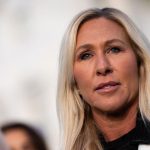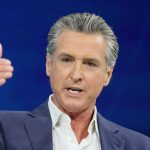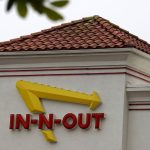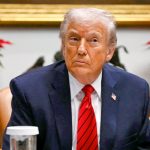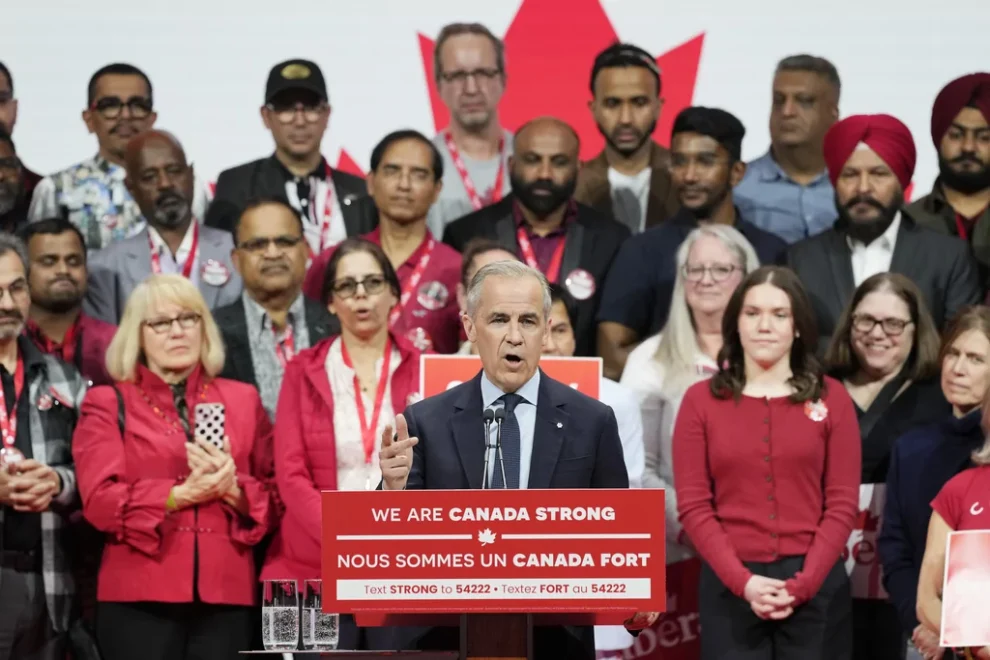OTTAWA – The Liberal Party came out on top in Canada’s federal election but fell short of forming a majority government, setting the stage for a difficult parliament at a time when cooperation is considered a matter of national survival.
Nonetheless, the victory seals a remarkable comeback for the government which was dead in the water as recently as January, polling at just 20%. The resignation of prime minister Justin Trudeau, tariffs imposed by the United States, and general hostility from President Donald Trump, however, saw them surge back into contention and cut the Canada’s Conservatives off at the knees.
The Liberals won 155 seats as of Tuesday morning and are leading in another 13, bringing their expected total to 168 out of 343 parliament seats in the Monday election. They need 172 to form a majority. The Conservatives have won 133 seats and are leading in 11 more ridings.
“Let’s put an end to the division and anger of the past,” Prime Minister Mark Carney said in a late-night speech that stressed unity. “We are all Canadian, and my government will work for and with everyone.”
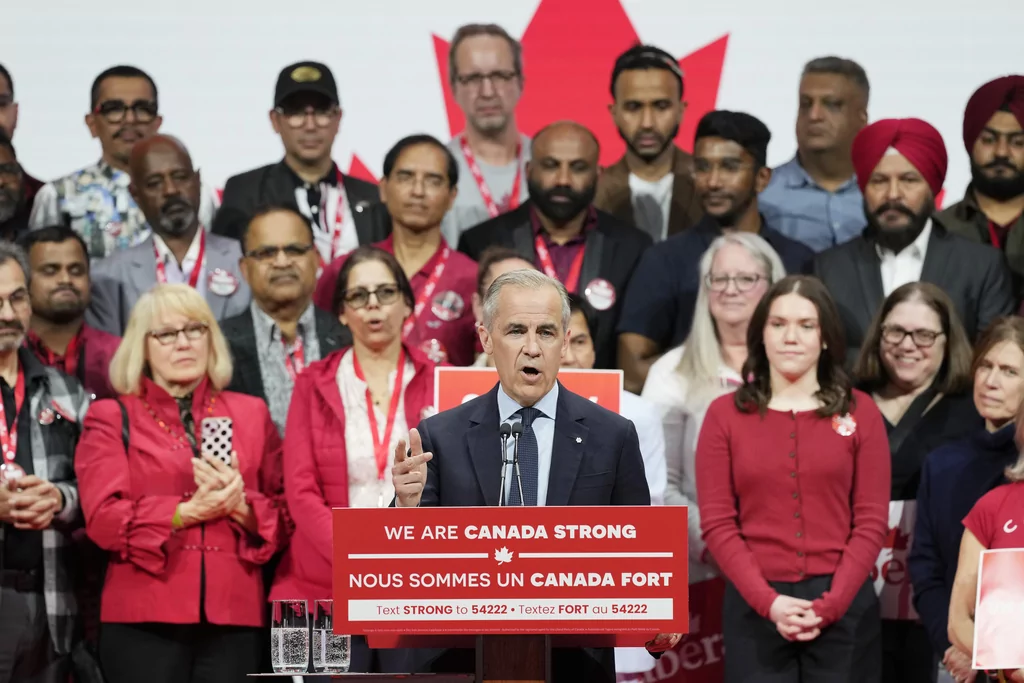
“No matter where you live, no matter what language you speak, no matter how you voted, I will always do my best to represent everyone who calls Canada home,” he added.
The Conservatives gained a significant number of seats but failed to maintain the blistering momentum they carried into early 2025.
Supporters in Ottawa appeared crestfallen as the results slowly chipped away at their hopes for an upheaval in parliament.
Conservative leader Pierre Poilievre, who lost his seat, stressed that “changes take time” in a somber speech at the Rogers Centre in downtown Ottawa.
WHO IS MARK CARNEY, CANADA’S NEXT PM WHO’S ITCHING TO TAKE ON TRUMP?
“The promise that was made to me and to all of you is that anybody from anywhere could achieve anything — that through hard work, you could get a great life, you have a nice affordable home on a safe street,” the Conservative leader told the crowd. “My purpose in politics is and will continue to be to restore that promise.”
When attendees booed his mention of Carney, Poilievre urged civility, telling them they’ll have “plenty of opportunity to debate and disagree, but tonight we come together as Canadians.”
Poilievre lost his own district to Liberal candidate Bruce Fanjoy by 4.5%. Poilievre has won the area in seven consecutive elections since 2004. It’s a crushing defeat for the Conservative leader who was just months ago considered the de facto next prime minister.
Still, the outcome is not quite the decisive victory that Liberals sought. The party is not on track to meet the 172-seat threshold necessary to form a majority government. They will have to rely on support from other parties to get legislation across the finish line.
Carney plans to implement approximately $35.2 billion in tax and spending cuts that over four years would total over $129 billion. He is also pushing for the government to fund major infrastructure programs and a robust revitalization of the Canadian military. The Liberals additionally promise to balance the nation’s operating budget by 2028.
Poilievre called the policies a “shocking plan,” claiming it will dramatically increase the national deficit and harm average Canadians.
Bloc Québécois, led by Quebec separatist Yves-François Blanchet, has secured 21 and is expected to finish in third with 23. The party, which only runs candidates in French-speaking Quebec, aims for the province to gain independence from Canada.
The Bloc lost 10 seats in this election, ceding most of them to the Liberals, but retained its crucial role as a third party with enough sway to help either the Liberals or Conservatives pass bills it deems positive for its home province.
But striking a coalition with the Bloc is a politically tricky prospect for either mainstream party due to its Franco-centric platform.
Blanchet just a few days ago called Canada an “artificial country with very little meaning,” drawing ire from his election rivals.
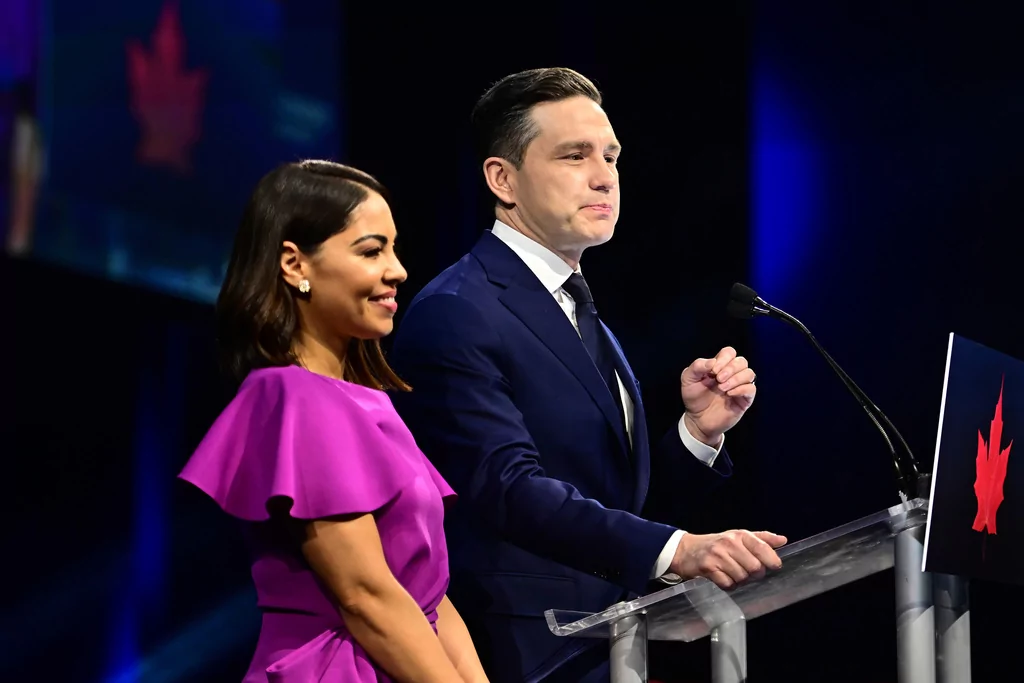
The biggest loser of the night was the New Democratic Party, which was abandoned in favor of the two mainstream parties. The NDP won just 5 seats and is expected to gain two more.
NDP leader Jagmeet Singh lost by a wide margin in his own Burnaby South district election in British Columbia. He subsequently announced he would be stepping down from his role, throwing the future direction of the party into question.
“It’s been the honor of my life to represent the people of Burnaby Central. Tonight they chose a new member of parliament, and tonight I wish them well as they continue to work hard for this community,” Singh said.
He continued, “Obviously, I know this is a disappointing night for New Democrats. We had really good candidates who lost tonight. I know how hard you worked.”
The party even failed to meet the 12-seat minimum for official party status, jeopardizing its support from the federal government in future elections.
Liberals could hypothetically partner with the NDP in parliament, but such an arrangement would echo the deeply unpopular Trudeau years that left both parties, and the rest of the nation, frustrated.
The Green Party entered the election with only two seats, belonging to co-leaders Elizabeth May and Jonathan Pedneault. May retained her seat, but Pedneault lost to Liberal candidate Rachel Bendayan.
The Liberals’ victory will extend their almost decade of leadership under former Trudeau. The former drama teacher’s widespread popularity in his first term slowly collapsed to just barely above 16% by the time he stepped down.
Trudeau resigned in January as the Liberals faced a blowout defeat against the then-dominating Conservatives.
Carney was elected internally by the Liberal Party to replace the outgoing prime minister, and support for the Liberal Party quickly recovered.
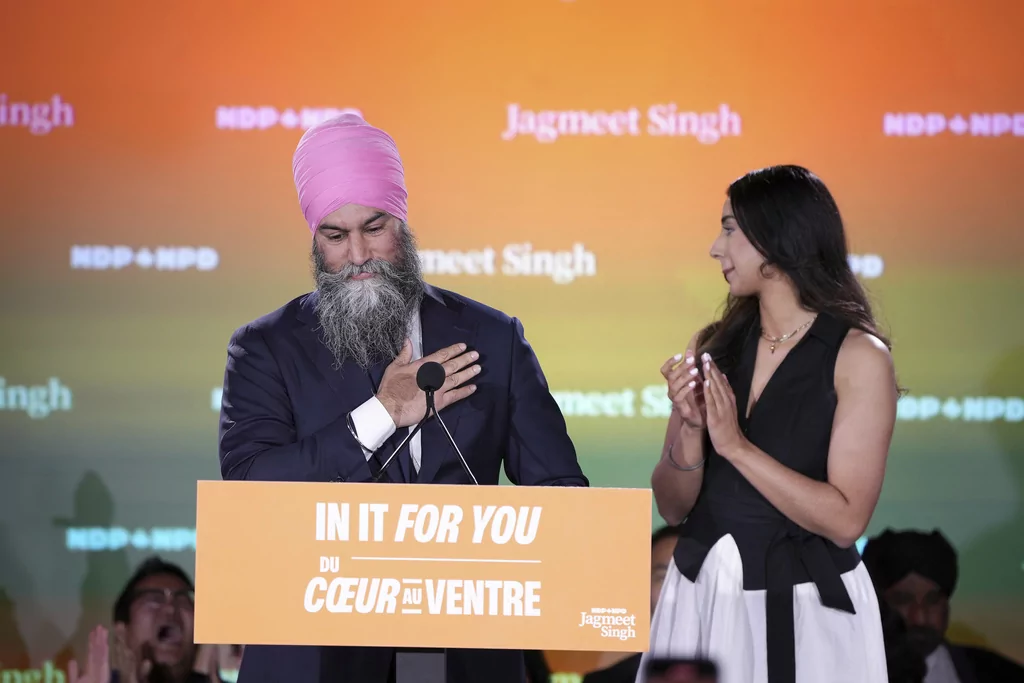
Carney almost immediately called for the April 28 snap election in an attempt to capitalize on his party’s surging numbers. It was also a gamble to obtain a real mandate from the public — prior to Monday, Carney never stood in a public election.
The leadership switch resurrected the Liberal Party’s support among voters. It headed into the election with 42.8% in the polls against the Conservatives’ 39.2%.
Carney worked hard to differentiate himself from Trudeau’s government, seeking a fresh start and a blank slate. Supporters were pleased with his extensive economic experience from past positions heading the Bank of Canada and the Bank of England.
The election was in many ways a national referendum on how Canada will respond to the belligerence of Trump. The White House implemented heavy tariffs against its northern neighbor in February, ostensibly as punishment for failing to curb illegal trafficking of migrants and drugs over the border.
The tariffs have waxed, waned, and reshuffled since being rolled out, seeming to change with Trump’s mood.
Additionally, the U.S. president continues to ruffle feathers in the north with his repeated proposals to annex Canada and make it the “51st state.”
Candidates of all backgrounds and political ideologies were united in their perception of Trump as the preeminent threat to the nation. Each party worked throughout the five weeks of campaigning to paint their candidate as the only man capable of standing up to the U.S.
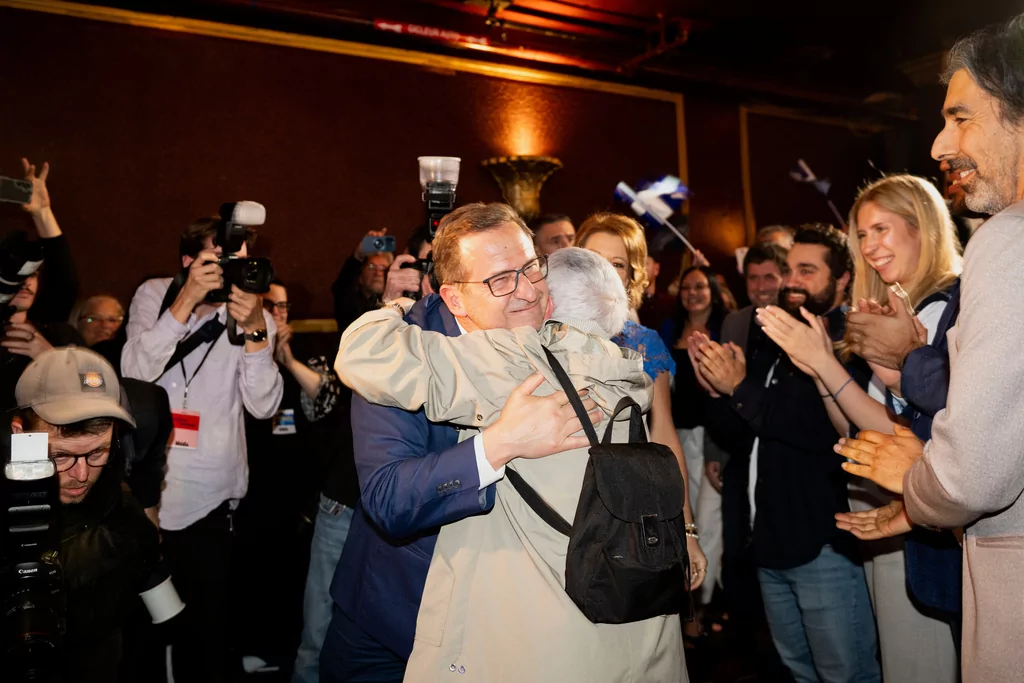
The Liberals attempted to tie Poilievre to Trump due to his previous positivity toward the Make America Great Again movement.
Poilievre rebuffed that association and instead blamed the Liberal policies under Trudeau for letting Canada become weak enough to be bullied by its southern neighbor. The Conservatives spent the weeks since Carney was elected trying to tie the prime minister to his predecessor.
Trump took a final shot at Canadian politicians as the country’s voters headed to the polls for the federal parliamentary election Monday morning.
He wished “good luck” to the “great people of Canada” and took a moment to weigh in on who they should vote for.
“Elect the man who has the strength and wisdom to cut your taxes in half, increase your military power, for free, to the highest level in the World, have your Car, Steel, Aluminum, Lumber, Energy, and all other businesses, QUADRUPLE in size, WITH ZERO TARIFFS OR TAXES, if Canada becomes the cherished 51st State of the United States of America,” Trump wrote on Truth Social.
TRUMP TELLS CANADIANS TO VOTE FOR BECOMING ‘CHERISHED 51ST STATE’ IN FINAL BARB ON ELECTION DAY
Carney touched on his future negotiations with Trump late Monday night when addressing his party event in Ottawa.
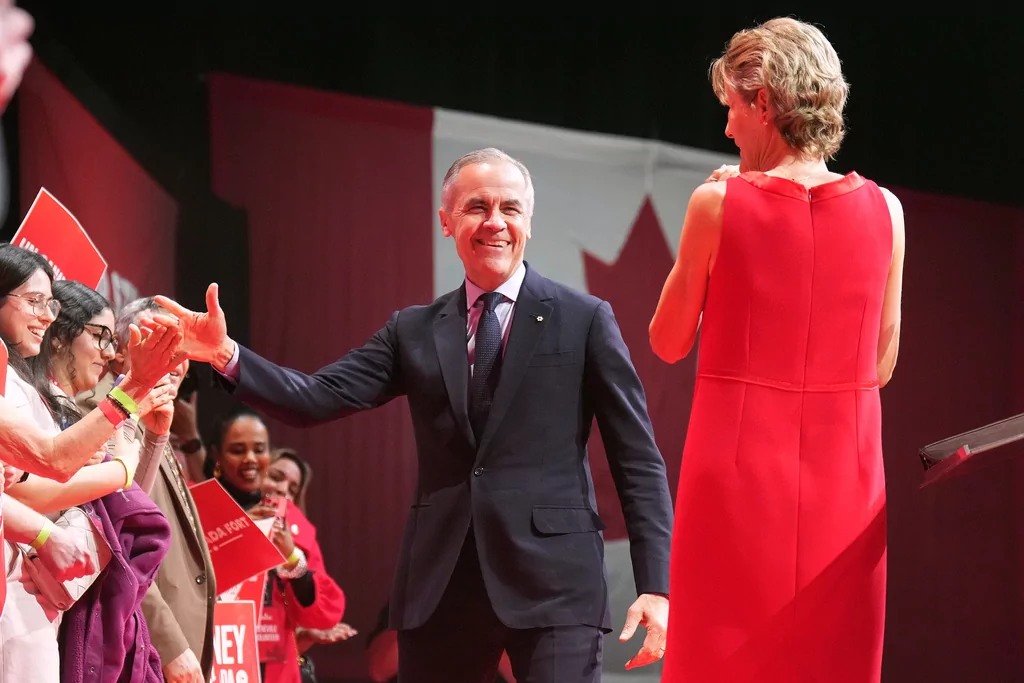
“When I sit down with President Trump, it will be to discuss the future economy and security relationship between two sovereign nations,” the prime minister said in his victory speech. “It will be our full knowledge that we have many, many other options to build prosperity for all Canadians.”
After a rollercoaster campaign, Canada returns to where it started — a minority Liberal government leading a polarized nation.
On the horizon, the same looming threat emanates from the White House, where Trump just over a month ago declared: “I think it’s easier to deal, actually, with a Liberal.”

